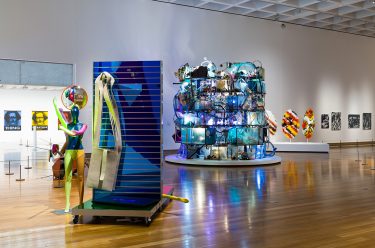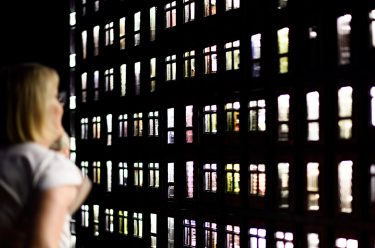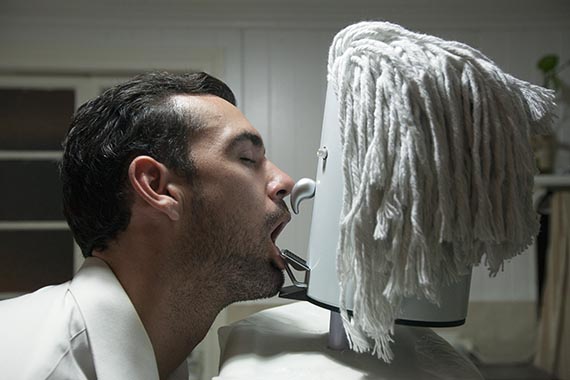
A new exhibition is set to present insights into the contemporary art being produced by more than 30 Queensland artists and will open at GOMA from 11 July until 11 October 2015.
‘GOMA Q: Contemporary Queensland Art’ presents original insights into the character of Queensland art and culture. The exhibition will contextualise the most dynamic achievements in Queensland art today, showcasing artists of all generations working across the spectrum of themes and media. Queensland is a diverse setting and has become the site of exciting and productive artistic exchanges and intriguing ideas, values and aesthetic practices. ‘GOMA Q’ is a concept spun from the state’s evolving vitality and identity.
All throughout 2014, curator Bruce McLean, QAGOMA Director Chris Saines and I met with hundreds of Queensland artists, consulting and researching in preparation for this project. After countless discussions and deliberations, a line-up of more than 30 exceptional emerging, midcareer and senior artists working in painting, ceramic, video, performance, installation and sculpture has been established.
Featured artists include lively scenes from Davida Allen’s day‑to‑days, the delicately layered meditations of Ian Friend, and recent paintings by Gordon Shepherdson — which chart memories of time spent at sea — will show alongside a new generation of painters. Julie Fragar delves further into her ongoing series, putting imagery to the wild tales of her earliest ancestor in Australia, Antonio de Fraga, who set out from the Portuguese colony of Flores on an American whaling ship at the age of 12. Madeleine Kelly takes a new tangent in memorialising her whimsical encounters with local bird life. Rising star Tyza Stewart and the immaculate Michael Zavros each consider some of the unique ways in which individual identities are constructed in contemporary Australia. The works of north Queensland’s Naomi Hobson sparkle with brilliance as they present the artist’s country, between the eastern slopes of the McIlwraith Range south of Lockhart River and its western slopes north of Coen; while senior artist Mavis Ngallametta captures the grandeur, complexity and intensity of her country on the West Cape in her imposing paintings.
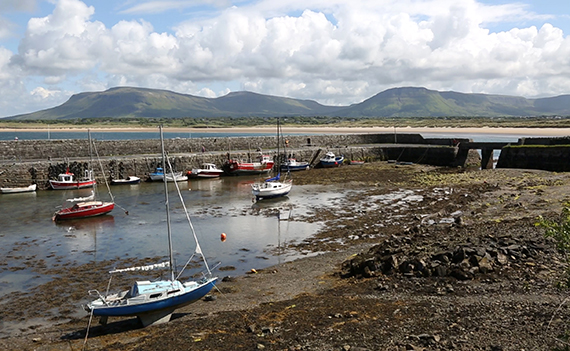
New sculpture and installation works also feature prominently in the exhibition. Up-and-comer Sam Cranstoun tells of the incredible and tragic life and death of Lord Mountbatten, while Dale Harding examines moments of heartbreaking Aboriginal oppression in the state. Anita Holtsclaw searches the seas for a sense of belonging, and David Thomas’s participatory work walks the audience down a tightrope between happiness and alienation. Alfredo and Isabel Aquilizan demonstrate the ingenuity and inventiveness of Filipino culture, showing how abandoned US jeeps from World War Two have been reinvented as exuberant jeepneys. Meanwhile, Brian Robinson’s sci-fi creation stories, rooted in the mythologies and traditions of the Torres Strait, reach into the unknown to explain the present; while Lawrence Omeenyo’s fluid ceramics celebrate his country by immortalising ancestral heroes in hybrid figurative vessels.
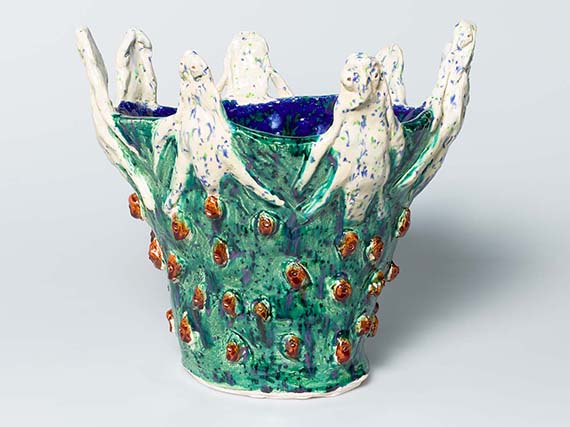
Political dialogues find voice through the cutting works of Vernon Ah Kee. Similarly, Pat Hoffie reflects on the tensions between domestic expectations, international relations, and the measurable dimensions of the sound bite. Chantal Fraser considers the tensions between culture, race and the state, and the consequences for a community when trusted authorities abuse their power. Media artist Moe Louanjli cleverly harnesses the power of a divide‑and-conquer algorithm employed in preparation for modern warfare, while Antoinette J Citizen uses a rudimentary artificial intelligence to predict her near future.
Prolific photographer Kim Guthrie puts the extraordinary lives of ordinary Queenslanders in the frame, while collaborative duo Clark Beaumont perform to the camera, describing love as a potentially selfish and vain engagement. Monica Rohan’s self-portraiture draws attention to the plight of the introvert in a world that demands attention and interaction. Likewise, Liam O’Brien uses video to confront his personal history, seeking explanation for his past impulses.
With computer animation, Grant Stevens ruminates on the desire to cultivate a sense of self in a society that appears to have little interest in the individual beyond their potential to consume. Tim Woodward uses video to illustrate a relationship between art and religion in their dependence on society for confirmation and support of their value. Paul Bai also plays with perception, representation and the economy of form in his graphic wall-work, while Ross Manning emphasises the subjective experience of the passing present with similar restraint.
Emerging printmaker Teho Ropeyarn’s large-scale work reveals the cultural landscape of his country at the very tip of Cape York, while Jennifer Herd’s pinhole drawings of rainforest shield designs are a lesson in refinement and minimal translation. Ready to challenge expectations, ‘GOMA Q’ will demonstrate the inspired, innovative and inventive art of contemporary Queensland. Recognising the Gallery’s enduring responsibility to connect audiences to artists, future exhibitions will continue to provide original insights into the art and culture of the state.

